I have TImage with a preloaded Bitmap (by PNGImage unit) with an Alpha Channel:

The subject is the Great Green Dino. I wanted to be able to change its Alpha Level in runtime, to any value in the range. Like 127 and he would look like this:

Following the answer to another similar question I almost felt in the skin it would work. But that was the result to Alpha Level 0 for example:

So, my question. Could someone know how to improve the answer's routine? Or know another way to achieve the second picture result? Note that I want to be able change this Alpha Level property in runtime be with a Method or any other way you know
Thank you in advance...
